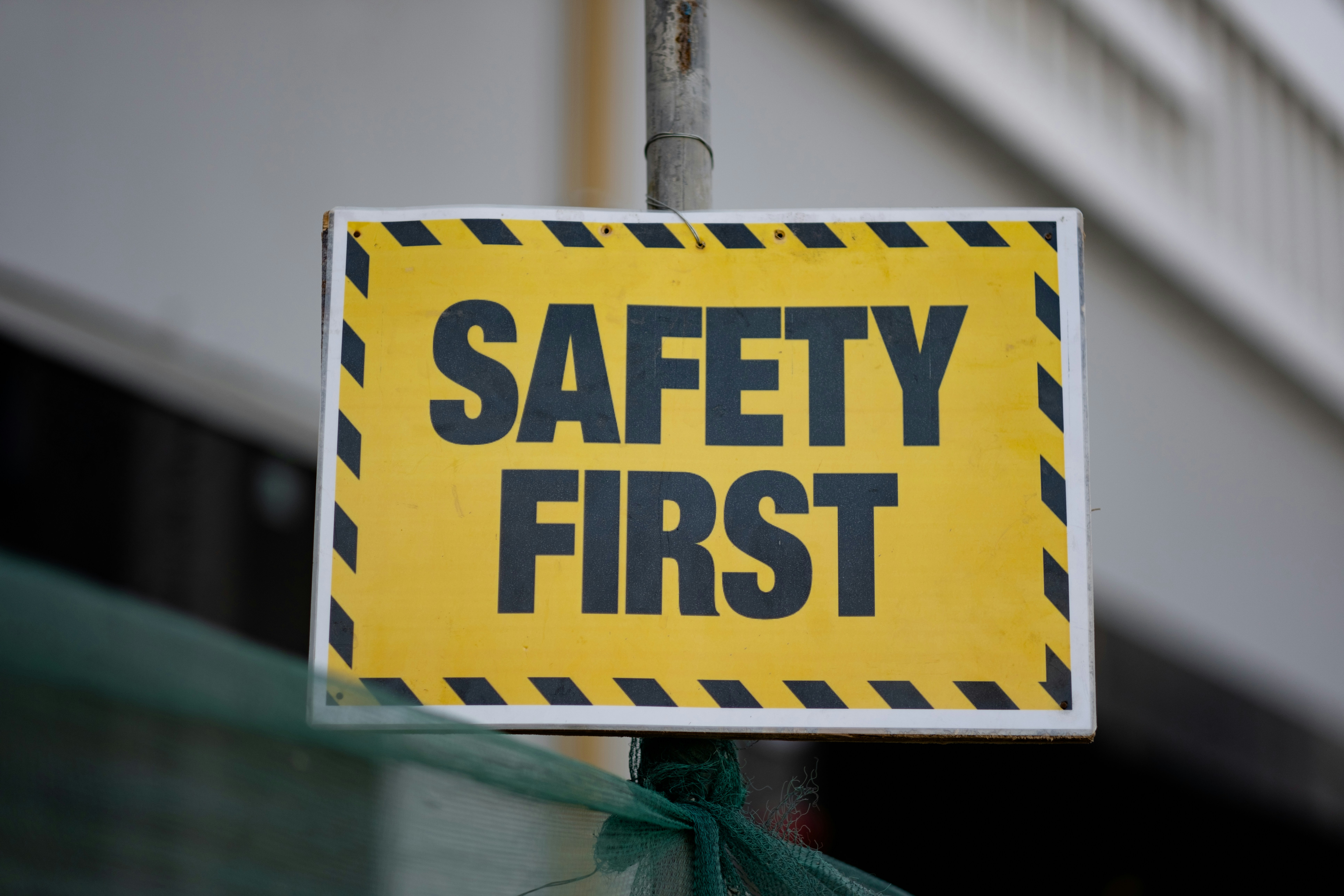
Ensuring a safe and accountable workplace has always been a priority, but recent legal developments have significantly heightened the standards employers must meet. A landmark case, Doe v. SafeWork Industries, has set a new precedent, emphasizing the critical importance of workplace safety and accountability. This article delves into the details of this pivotal case, its implications for businesses, and the broader impact on workplace safety regulations.
1. The Landmark Case: An Overview
Doe v. SafeWork Industries emerged as a defining moment in labor law, addressing severe lapses in workplace safety that led to tragic consequences. Jane Doe, an employee at SafeWork Industries, suffered a catastrophic injury due to negligence in adhering to safety protocols. The case highlighted the company’s failure to implement adequate safety measures, despite clear industry standards and legal requirements.
The lawsuit filed by Doe against SafeWork Industries sought compensation for personal injuries and aimed to hold the company accountable for systemic safety failures. The court’s decision in favor of Doe underscored the judiciary’s commitment to enforcing stringent workplace safety standards and ensuring that employers prioritize the well-being of their employees.
2. Implications for Employers and Businesses
The verdict in Doe v. SafeWork Industries sends a clear message to employers across various industries: workplace safety cannot be compromised. Businesses are now under heightened scrutiny to comply with safety regulations and to foster environments where employee well-being is paramount.
Key Takeaways for Employers:
- Enhanced Compliance: Companies must rigorously adhere to existing safety laws and regulations, regularly updating their protocols to align with the latest standards.
- Proactive Safety Measures: Beyond mere compliance, businesses are encouraged to adopt proactive safety measures, including regular training sessions, safety audits, and implementing advanced safety technologies.
- Accountability Frameworks: Establishing clear accountability structures ensures that designated personnel actively monitor and enforce safety protocols, integrating safety into the company’s culture.
Failure to address these aspects can lead to severe legal repercussions, financial losses, and reputational damage, as the Doe case shows.
3. Strengthening Workplace Safety Regulations
In the wake of this landmark case, there is a significant push towards strengthening workplace safety regulations. Legislators and regulatory bodies are re-evaluating existing laws to bridge gaps previously allowing for negligence and oversight.
Areas of Focus Include:
- Comprehensive Safety Standards: Developing more detailed and comprehensive safety standards that cover a broader range of workplace scenarios and potential hazards.
- Regular Inspections and Audits: Implementing mandatory regular inspections and audits to ensure ongoing compliance and identify potential risks before accidents occur.
- Employee Empowerment: Encouraging employees to take an active role in safety by providing them with the necessary training and channels to report unsafe conditions without fear of retaliation.
Companies implement these enhancements to create safer workplaces, reduce the incidence of accidents, and hold employers accountable for maintaining safe working environments.
4. The Future of Workplace Accountability
The Doe v. SafeWork Industries case marks a turning point in how workplace accountability is perceived and enforced. As we move forward, employers and employees will actively shape their relationship, placing a stronger emphasis on mutual responsibility for safety.
Future Trends in Workplace Accountability:
- Integrated Safety Cultures: Companies are likely to invest more in building integrated safety cultures where safety is a core value ingrained in every aspect of the business.
- Technological Advancements: Leveraging technology, such as AI-driven safety monitoring systems and wearable safety devices, to enhance real-time safety management and incident prevention.
- Legal Precedents: Establishing more robust legal precedents that deter negligence and encourage best practices in workplace safety.
As these trends shape the overall landscape of workplace safety and accountability, they will strengthen protections for both employees and employers, fostering safer and more responsible work environments.
The Doe v. SafeWork Industries case has undeniably reshaped workplace safety and accountability discourse. Setting a strong legal precedent compels businesses to prioritize the safety and well-being of their employees, ensuring that they face appropriate consequences for negligence. As regulatory frameworks evolve and companies adapt to these heightened standards, the ultimate beneficiaries will be the workforce, who can expect safer, more secure working conditions. This landmark case serves as a pivotal reminder that securing justice in the workplace is not just a legal obligation but a moral imperative.